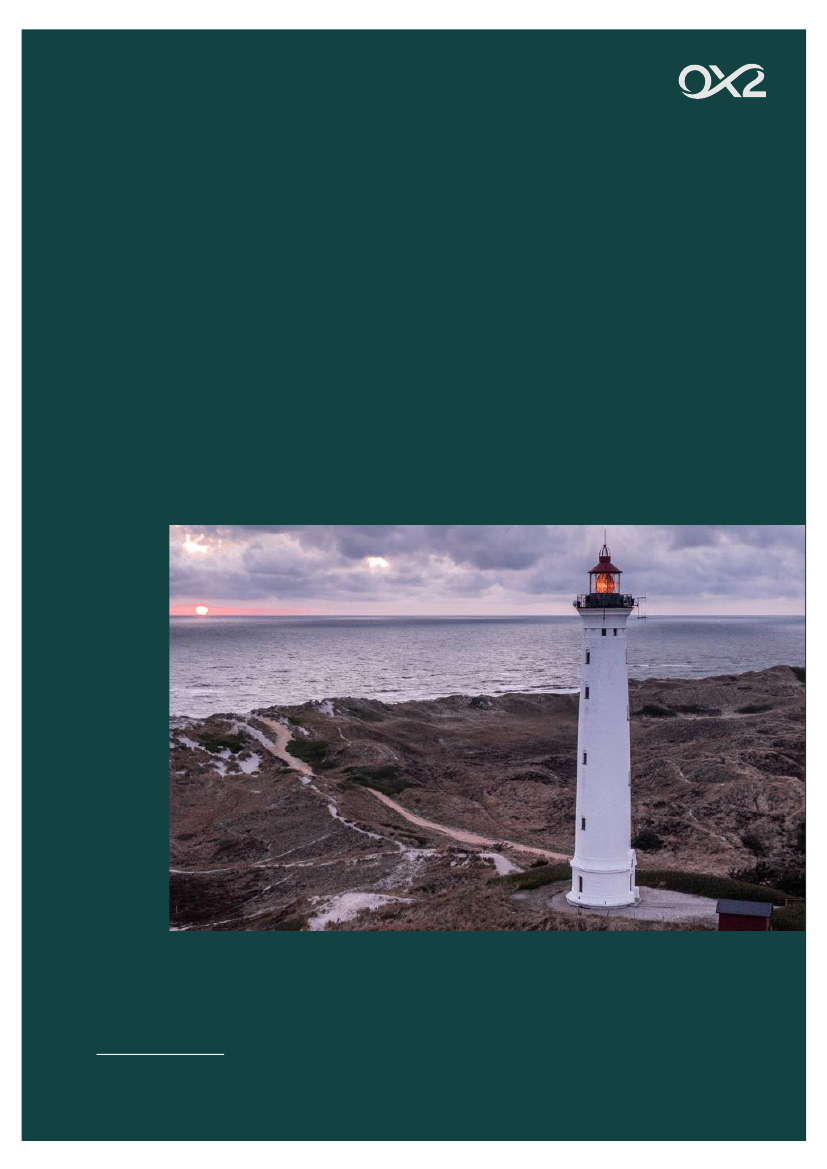
Open Door 2.0
A supplementary model built on the principles of the original Open Door model and designed to sit
alongside Denmark’s
public tenders. Open Door 2.0 places emphasis on pace, scale and keeping the
seabed open for a broader range of potential developers.
Contact:
OX2 Denmark
Tue Lippert
Phone: +45 53880188
1